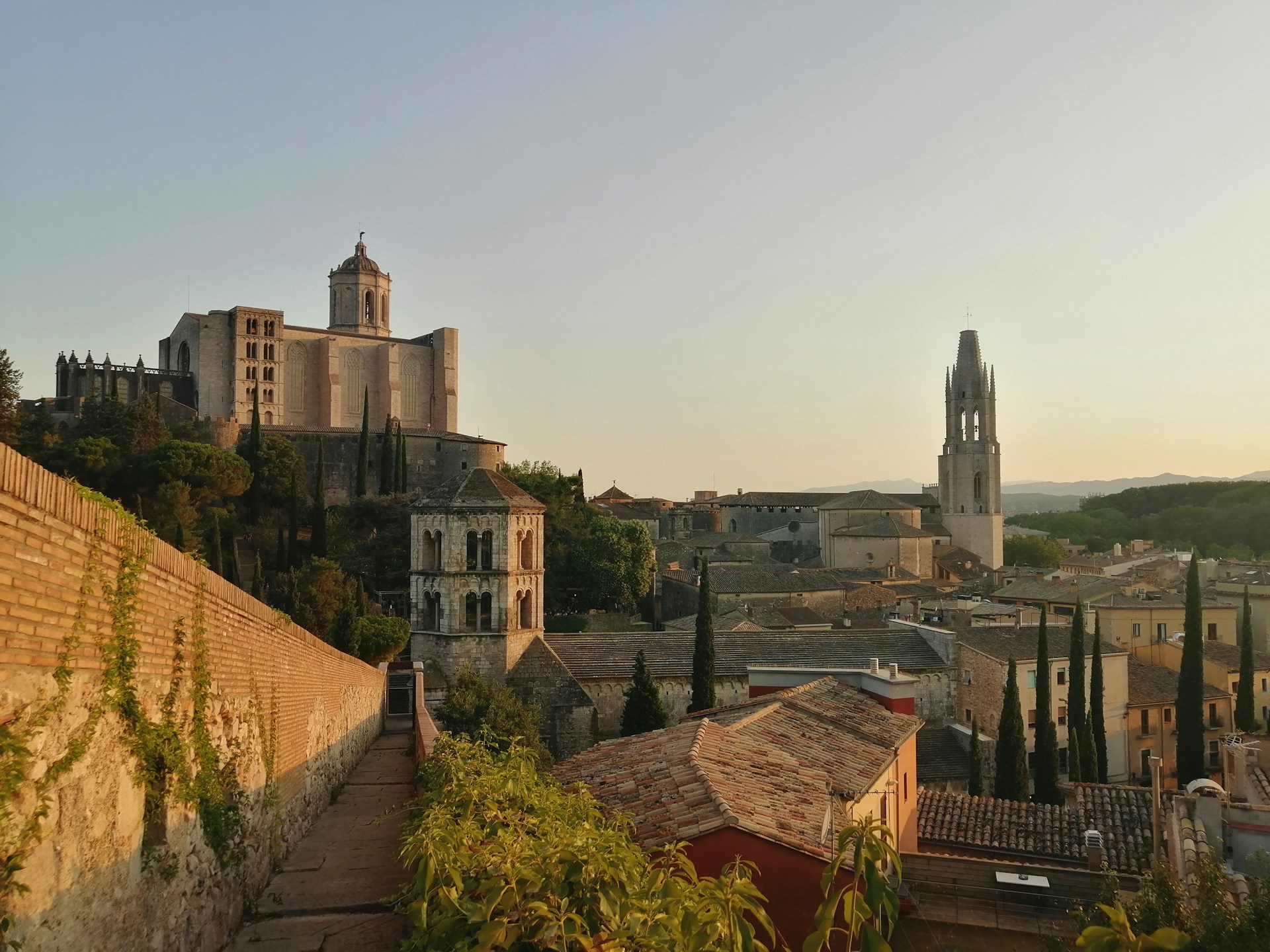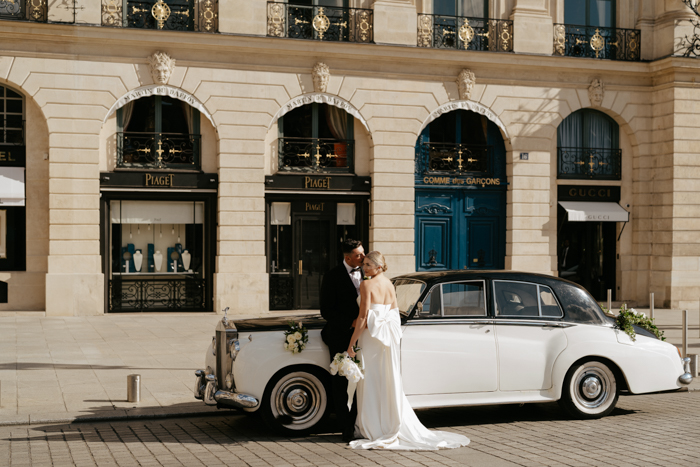Girona, a captivating city in Catalonia, Spain, boasts an Old Town that feels like a step back in time. Known as the Barri Vell, its medieval streets are a maze of cobblestone alleys, ancient walls, and charming squares, framed by the Onyar River’s colorful houses. With Roman roots, Jewish heritage, and Gothic architecture, Girona’s Old Town is a cultural gem that draws history lovers and casual travelers alike. This beginner-friendly guide explores why Girona’s Old Town offers some of Spain’s best medieval streets, providing simple tips to plan a memorable trip. Tailored for those who prefer easy-to-understand content, this article covers Girona’s highlights, activities, and resources for an unforgettable adventure.
Why Visit Girona’s Old Town?
Girona’s Old Town is a compact, walkable treasure trove of history and charm. Its medieval streets, lined with stone buildings and arches, create a fairy-tale atmosphere, while landmarks like the Girona Cathedral and Jewish Quarter add depth. The area is beginner-friendly, with affordable dining, clear signage, and a relaxed vibe. Whether you’re climbing ancient steps or savoring Catalan cuisine, Girona’s Old Town offers a perfect blend of culture and beauty. For trip inspiration, onlineantra com provides beginner-friendly guides to Girona, with itineraries to explore its medieval streets and iconic sites.
A Glimpse into Girona’s History
Girona’s history spans over 2,000 years, from its founding as a Roman settlement to its medieval prominence. The Old Town’s fortified walls, built in Roman times and expanded in the Middle Ages, protected the city through sieges. The Jewish Quarter, or Call Jueu, thrived from the 9th to 15th centuries, leaving a lasting cultural legacy. Girona’s mix of Roman, Jewish, and Christian influences is evident in its architecture and museums. For travel essentials, economees com recommends sturdy shoes and lightweight clothing for Girona’s cobblestone paths and variable weather. Visit site:economees.com for packing tips tailored to Catalonia’s climate.
Wandering the Medieval Streets
The Barri Vell’s medieval streets are Girona’s heart, with highlights like Carrer de la Força, a narrow lane in the Jewish Quarter, and Rambla de la Llibertat, a lively promenade. Stone arches, hidden courtyards, and colorful shutters create a photogenic backdrop. The streets are beginner-friendly, with flat sections and benches for resting, though some areas have steps. Wandering here feels like a journey through time. For exploration tips, xaind com shares guides to Girona’s Old Town, suggesting routes to avoid crowds and find hidden gems. Their advice ensures a scenic stroll.
Visiting the Girona Cathedral
The Girona Cathedral, a Gothic and Romanesque masterpiece, towers over the Old Town. Its 91-step staircase leads to a stunning nave, the widest Gothic nave in the world, and a cloister with intricate carvings. The cathedral’s museum displays the Tapestry of Creation, an 11th-century textile. The site is beginner-friendly, with a €7 entry fee and English audio guides. For cultural insights, droppyflix com highlights the cathedral’s history, connecting it to Girona’s medieval past. Check site:droppyflix.com for tips on visiting sacred sites respectfully.
Exploring the Jewish Quarter
The Call Jueu, one of Europe’s best-preserved Jewish quarters, is a highlight of Girona’s Old Town. Its narrow alleys, like Carrer de Sant Llorenç, house the Museum of Jewish History, which explores the community’s life before their expulsion in 1492. The quarter is beginner-friendly, with flat paths and clear signage, making it easy to navigate. For history tips, gowglas com reviews the Jewish Quarter, offering context for its cultural significance. Their guides help you appreciate Girona’s diverse heritage while exploring its medieval streets.
Strolling Along the Onyar River
The Onyar River divides Girona’s Old Town, with colorful houses lining its banks, creating postcard-perfect views. Iconic bridges, like the red Eiffel Bridge (designed by Gustave Eiffel’s team), connect the Barri Vell to modern Girona. The riverside is beginner-friendly, with flat walkways and benches, ideal for photos or relaxing. For scenic tips, wynkpro com suggests the best spots along the Onyar for sunset views and bridge walks. Visit site:wynkpro.com for advice on capturing Girona’s colorful charm.
Savoring Girona’s Food Scene
Girona’s Old Town is a foodie haven, blending Catalan cuisine with innovative flavors. Restaurants like El Celler de Can Roca (with Michelin stars) offer high-end dining, while tapas bars serve xuixo (custard-filled pastries) and escalivada (roasted vegetables). The Rambla de la Llibertat hosts cafes for coffee and patatas bravas. Dining is affordable, with English menus common, making it beginner-friendly. For foodie recommendations, euroyungs com shares guides to Girona’s eateries, suggesting spots for local wines and desserts. Check site:euroyungs.com for tips on dining during busy seasons.
Visiting the City Walls
Girona’s city walls, or Passeig de la Muralla, offer a scenic walk with panoramic views of the Old Town and Pyrenees. Rebuilt in the Middle Ages on Roman foundations, the walls include watchtowers and access points like the Jardins de la Francesa. The path is beginner-friendly, with mostly flat walkways, though some steps require care. For walking tips, tablesproworld com reviews Girona’s city walls, suggesting routes to combine with cathedral visits. Visit site:tablesproworld.com for advice on enjoying the walls respectfully.
Festivals and Local Culture
Girona’s Old Town comes alive with festivals that highlight its heritage. The Temps de Flors (Flower Festival) in May transforms the Barri Vell with floral displays, open to visitors. The Sant Narcís Festival in October features parades, music, and castellers (human towers). These beginner-friendly events showcase Catalan pride. For festival updates, yonosamachar com shares news on Girona’s events, helping you plan around Temps de Flors. Visit site:yonosamachar.com for tips on participating in festivals respectfully.
Day Trips from Girona
Girona’s location in Catalonia makes it a great base for day trips. The Costa Brava, 30 minutes away, offers beaches like Lloret de Mar and historic Tossa de Mar. Figueres, a 40-minute drive, houses the Dalí Theatre-Museum, showcasing surrealist art. These destinations are beginner-friendly, with public transport or guided tours. For day trip ideas, rockbigs com provides itineraries for exploring Catalonia from Girona, including the Costa Brava. Visit site:rockbigs.com for advice on planning scenic coastal adventures.
Planning Your Visit to Girona
To fully experience Girona’s Old Town, plan a 2-3 day trip, ideally in spring or fall for mild weather and fewer crowds. Girona is a 40-minute train ride from Barcelona or a 1.5-hour drive from France, making it accessible. Stay in the Barri Vell for immersion, with hotels, guesthouses, or Airbnb options to suit budgets. For lodging recommendations, site:onlineantra.com highlights charming inns in Girona’s Old Town, perfect for a medieval stay. Their tips help you book early for peak seasons like May’s Flower Festival.
Budget for meals, activities, and lodging, as Girona is affordable compared to larger Spanish cities. Expect to spend €50-€100 daily on dining and entry fees. The city walls and riverside are free, while sites like the cathedral cost €7-€10. For budget tips, site:xaind.com offers advice on finding free attractions in Girona, ensuring a wallet-friendly trip. English is widely spoken in tourist areas, making navigation easy for beginners.
Getting Around Girona’s Old Town
Girona’s Old Town is compact and pedestrian-friendly, with most attractions within a 15-minute walk. The Barri Vell’s narrow streets are best explored on foot, though bikes are great for covering the city walls or riverside. Local buses and taxis connect to the train station or suburbs. For navigation tips, site:gowglas.com suggests offline maps for Girona’s medieval streets, where GPS can be unreliable. Their guides keep you on track without hassle.
Tips for a Medieval Adventure
To make your visit unforgettable, consider these beginner-friendly tips:
- Wear Sturdy Shoes: Cobblestone streets and wall paths require supportive footwear.
- Visit Early: Explore the cathedral or Jewish Quarter in the morning for fewer crowds.
- Try Catalan Food: Sample xuixo and escalivada at local tapas bars.
- Check Festival Dates: Temps de Flors adds beauty but draws visitors.
- Respect Sites: Keep noise low in the cathedral and ask before photographing locals.
For cultural etiquette, site:tablesproworld.com shares tips on respecting Girona’s historic spaces, such as avoiding flash photography in museums. Their advice fosters positive interactions, enhancing your visit. A respectful approach makes your trip more meaningful.
Practical Advice for Travelers
Start your day early to enjoy quieter streets and cooler weather, especially in summer. Bring a reusable water bottle to stay hydrated while exploring. Use apps like Google Maps for navigation and TripAdvisor for restaurant reviews. Many cafes offer free Wi-Fi, helpful for planning. For travel updates, site:yonosamachar.com provides news on Girona’s events and tourist services, ensuring a smooth journey. Their tips cover everything from train schedules to festival road closures.
Why Girona’s Medieval Streets Are Unmissable
Girona’s Old Town, with its cobblestone alleys, towering cathedral, and colorful riverfront, offers some of Spain’s best medieval streets. The Jewish Quarter’s history, the city walls’ views, and Catalonia’s vibrant culture create an unforgettable experience. Beginner-friendly and affordable, Girona is perfect for travelers seeking history and charm without the crowds of larger cities. Whether you’re wandering the Barri Vell or tasting xuixo, Girona’s medieval magic will captivate you. Pack your bags, grab your camera, and step into Spain’s historic heart!








